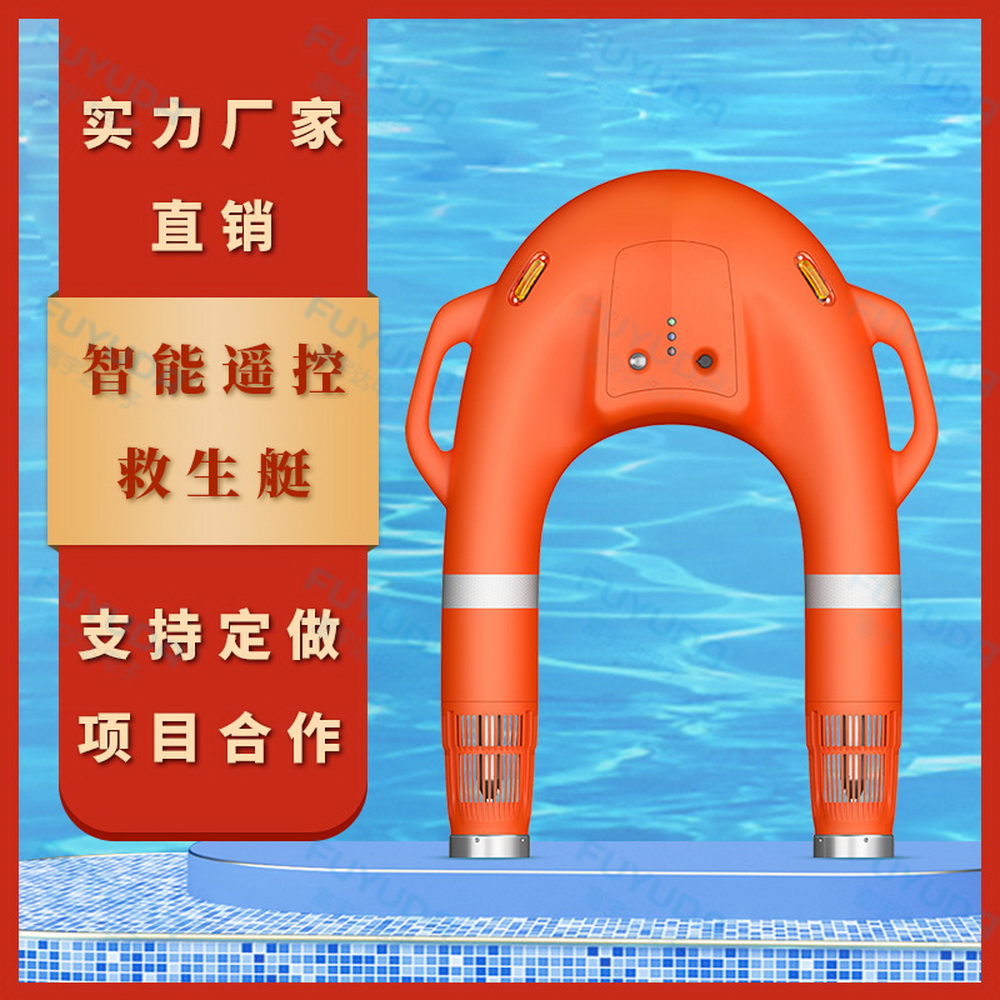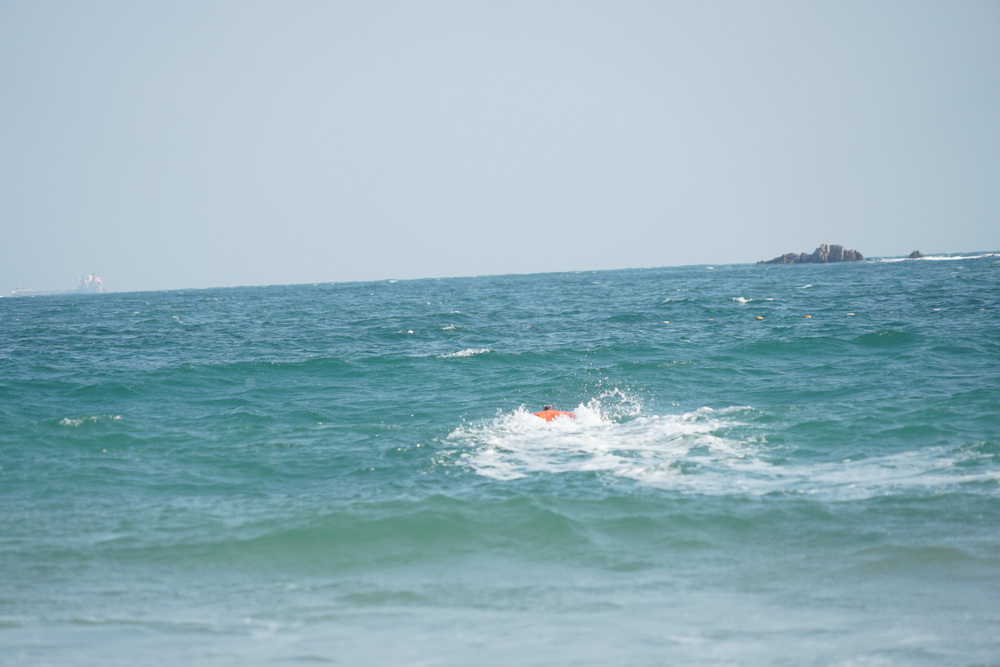With continuous technological advancements, traditional water rescue methods are being replaced by smarter, more efficient, and safer equipment. Among them, the "water rescue wing" — an emerging type of aquatic rescue robot — is increasingly becoming essential gear for beach rescue teams. This intelligent electric life ring, integrating remote control, buoyancy, and high-speed propulsion, significantly reduces response time from incident detection to actual rescue, greatly enhancing operational efficiency.

How Does the Water Rescue Wing Improve Rescue Speed?
The "water rescue wing" features a lightweight design and a powerful dual-propeller propulsion system, enabling rapid arrival at the victim's location within seconds. Compared to traditional manual swimming rescues, personnel no longer need to enter the water; instead, they remotely pilot the water rescue wing to reach the scene swiftly. Test data shows that within a 50-meter range, the average arrival time of the water rescue wing is only about 30 seconds, while manual rescue takes over 2 minutes — dramatically shortening the critical rescue window.
Advantages of the Water Rescue Wing in Complex Environments
In rough seas or strong currents, traditional rescue methods pose high risks, potentially endangering rescuers themselves. However, the "water rescue robot" demonstrates excellent resistance to waves and wind, maintaining stable operation under harsh weather conditions. The unique U-shaped design of the remote-controlled life ring allows victims to easily grab and hold on, providing effective support even when disoriented, ensuring vital signs remain stable before human rescuers arrive.
Seamless Integration of the Water Rescue Wing with Team Operations
Modern beach rescue systems emphasize rapid response and multi-device coordination. The "surface remote-controlled rescue robot" can be deployed as a first responder, buying valuable time for follow-up operations. Equipped with HD cameras and real-time video transmission, it enables command centers to assess on-site situations immediately, facilitating precise dispatch decisions. The smart remote-controlled life ring’s long-range control function also allows non-specialists to assist in emergencies, further improving overall response efficiency.
Future Development Trends of the Water Rescue Wing
 .
.


As artificial intelligence and autonomous navigation technologies are integrated, future "remote rescue wings" will feature capabilities such as automatic drowning detection and self-routing. Combined with drone-based aerial surveillance, they will form an "air-water" integrated rescue network, truly achieving "rescue upon detection." This versatile aquatic rescue robot is redefining water safety standards.
Conclusion: Whether called a "remote-controlled life ring" or a "water rescue wing," these intelligent electric rescue devices have become indispensable in modern beach rescue operations. They not only drastically reduce response times but also ensure the safety of rescue personnel, exemplifying how technology empowers public safety.




















 Current Position:
Current Position:












